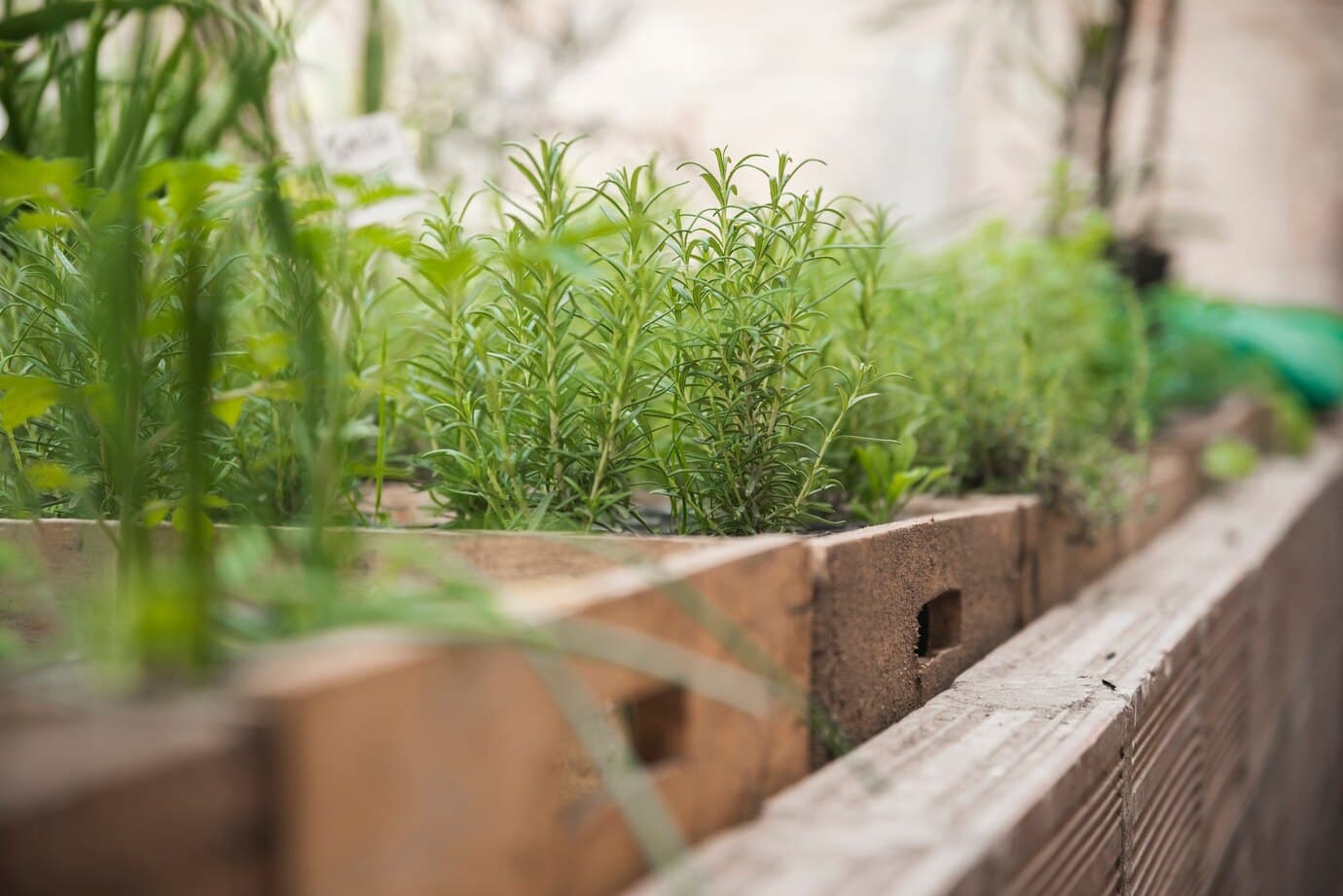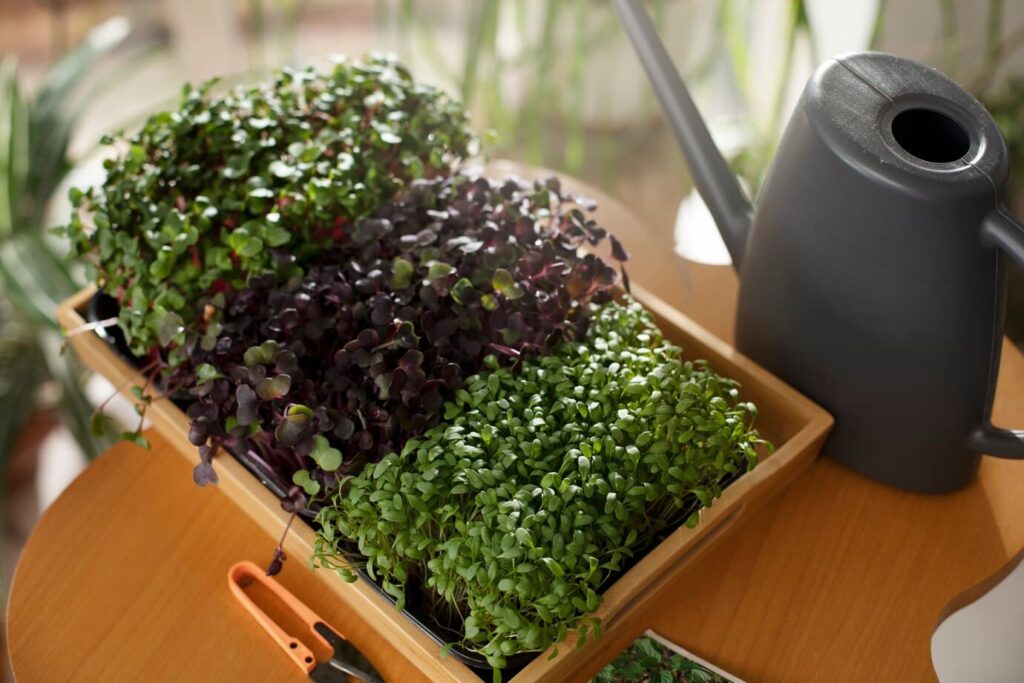
The craving for freshness is universal. It’s the sharp, aromatic burst of basil on a tomato slice, the invigorating scent of mint in a cool drink, the earthy notes of thyme in a slow-cooked stew. For city dwellers enveloped by skyscrapers and pavement, a genuine bond with the natural world can seem elusive. We assume that a garden—a plot of land—is a prerequisite for growing our own food. But what if your small, overlooked balcony could become your personal, fragrant, and flavorful paradise?
Growing herbs in containers on a balcony is not just a scaled-down version of traditional gardening; it’s an art form with its own set of rules and rewards. It’s about understanding microclimates, maximizing limited space, and creating a thriving ecosystem just steps from your kitchen. It’s simpler than you think and infinitely more rewarding than buying plastic-wrapped herbs from the store. This guide will walk you through transforming that empty space into a productive and beautiful herb haven.
Choosing Your Champions: The Balcony Herb A-Team
When cultivating herbs on a balcony, you’ll find that some varieties adapt far better than others. Some are resilient warriors that thrive in windy conditions, while others are delicate sun-worshippers that need shelter. Your first step is to become a strategist, choosing a team that suits your specific environment and culinary desires. Before you buy a single seed, spend a day observing your balcony. Gauge the duration of direct sunlight your space receives throughout the day. Is it blasted by wind, or is it a sheltered sun trap? Answering these questions is the key to success. For a robust and versatile starter garden, consider this culinary A-team:
- Mint (The Indestructible Sprinter): Incredibly easy to grow, but famously invasive. It’s the perfect candidate for its own pot, where its aggressive roots can’t bully its neighbors. It tolerates both sun and partial shade and rewards you with endless leaves for teas, mojitos, and salads.
- Basil (The Mediterranean Sun-Lover): The quintessential summer herb, basil demands at least six hours of direct sunlight and hates cold drafts. It’s the drama queen of the herb world but pays you back with an unmistakable aroma that defines Italian cooking.
- Chives (The Reliable Allium): A forgiving and subtle member of the onion family. Chives are great for beginners, as they tolerate a variety of conditions and will regrow vigorously after being snipped. Their purple flowers are also edible and beautiful.
- Thyme (The Drought-Tolerant Wanderer): This hardy herb loves sun and well-draining soil. It’s perfect for the forgetful waterer. Allow it to spill over the edge of a pot or rail planter for a beautiful trailing effect. Its tiny leaves pack a powerful, earthy punch.
- Rosemary (The Resilient Pine): Another sun-worshipper that prefers to be kept on the drier side. Its pine-like fragrance is a joy on a warm evening. Choose a smaller, bushier variety for containers, and give it the largest pot you can to accommodate its woody root system.
- Parsley (The Patient Powerhouse): Whether you prefer flat-leaf or curly, parsley is a workhorse. It’s rich in vitamins and prefers morning sun with some afternoon shade to prevent it from bolting (flowering prematurely). It will reward you with vibrant foliage and fresh flavors for the entire season.
Setting the Stage: The Right Containers, Soil, and Positioning

Your herbs’ success depends on the world you create in the pot. Avoid using heavy garden soil, which compacts and causes root rot. Instead, invest in a high-quality potting mix for containers. This mix is lighter, containing ingredients like perlite for air pockets and excellent drainage—the key to success.
The container itself is your herb’s universe. While any pot with drainage holes will work, materials matter. Porous terracotta pots allow soil to dry out faster, which is great for drought-loving herbs like rosemary and thyme. In contrast, plastic or glazed ceramic pots are less breathable and keep the soil damp for longer, a clear advantage for herbs with higher water needs, such as basil. To maximize truly tight spaces, think vertically. Railing planters, hanging baskets, and stacked pots allow you to grow more in a smaller footprint.
Finally, placement is everything. Your balcony isn’t one single environment; it’s a collection of microclimates. The spot against a warm brick wall might be perfect for sun-loving basil, while the shadier corner could be ideal for parsley. The railing is likely the windiest spot, so place tougher plants like thyme and rosemary there. Arranging your pots strategically based on their individual needs is the secret expert trick to a truly thriving balcony garden.
The Rhythm of Care: Watering, Harvesting, and Nurturing Abundance
Once planted, your herbs need consistent care. Overwatering is the most common downfall for new gardeners. Always use the ‘finger test’: stick your finger an inch into the soil. If it feels dry, it’s time to water; if damp, wait. Water thoroughly until it runs from the drainage holes, fully hydrating the root ball.
The true secret to a bushy, productive herb garden is regular harvesting. Don’t be shy! Each time you harvest, you encourage the plant to send out new shoots, resulting in a fuller form. For leafy herbs like basil and mint, pinch off the top sets of leaves right above a leaf node; this encourages the plant to grow outwards instead of just upwards. For herbs like chives and parsley, snip the outer, older stems at the base, which allows the younger inner stems to flourish. Regular harvesting not only gives you a constant supply of fresh flavors but is the best way to keep your plants healthy and full all season long. With a little sun, the right soil, and your loving attention, your balcony will become more than just an outdoor space—it will be your personal source of freshness, fragrance, and daily joy.